
April 11, 2017
These Independent Groups Are Blending Research, Activism, and Critical Thought in Architecture
There are some issues that existing institutions simply can’t address. Thankfully, researchers, nonprofits, and publications around the world are filling the gap.
Recent political events in the United States have brought real urgency to many long-standing issues, making them concrete and tangible for people who might have been previously disengaged— architects and designers included. Sustainability, for example, is certainly not a new concern, but architect Tom Jacobs cofounded the grassroots network Architects Advocate Action on Climate Change last year because he felt that the cause needed a fresh political edge. “We are hitting a nerve by pointing out the difference between being political and being partisan. Clean air, water, and a stable climate are clearly not partisan issues, since a healthy environment is the foundation of human existence,” says Jacobs. “We believe, however, that being apolitical is no longer an option, given the existential threat posed by climate disruption.” Architects Advocate is contacting federal and state lawmakers, pushing for action on climate solutions. In the meantime the network has collected 730 signatures on an open letter to the president and members of Congress and is growing with astounding speed.
Architects Advocate is just one of many recent examples of architecture and design practitioners taking the initiative to address their own concerns in ways that mainstream professional organizations and institutions have been unable to. Some are making forays into education and publishing, while others are grappling with the limits and demands of their profession today, and the results sometimes overlap. Their claims are bold and their goals ambitious, and while the outcomes are at times still too blurry to assess, they are pushing ahead toward richer and more inclusive design and architecture. They are young, shrewd, and versatile—or perhaps they are simply the kinds of practitioners our times need.
Architects Lauren Johnson and Ryan Day at the New York–based research organization QSPACE, for example, are being supported by Columbia University’s Graduate School of Architecture, Planning and Preservation (GSAPP) Incubator in bringing LGBTQ topics in architecture and design to the fore. Johnson recognizes that “there is embarrassingly little conversation on queer topics in the built environment,” and the practice’s Coded Plumbing project advocates the design of more inclusive spaces. “We approach the issue of inclusionary bathrooms as an architectural design problem,” says Johnson. “The major output of Coded Plumbing is a tool kit for architects that includes floor plans as well as guidelines on how to convince clients that inclusive design is important.”
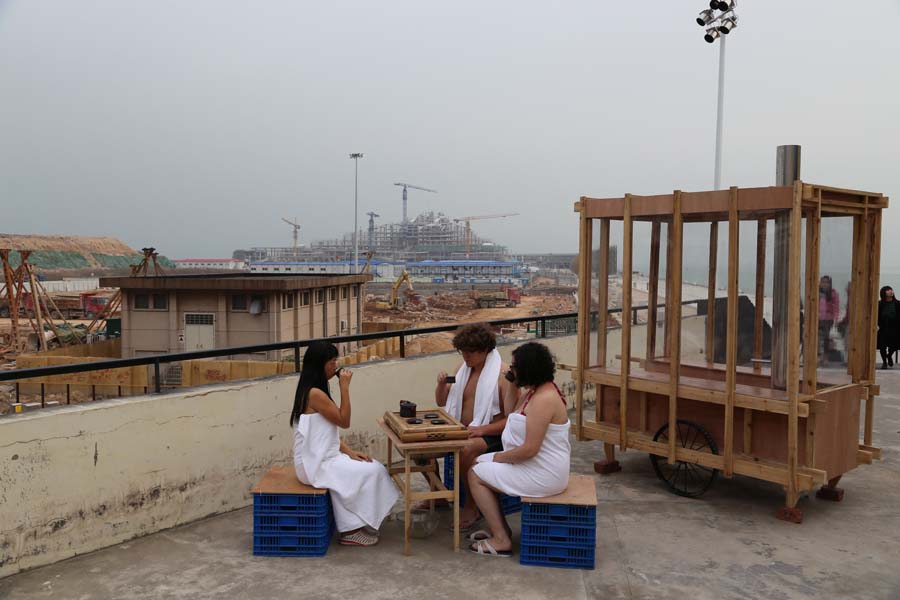
As with Johnson and Day, who started their efforts by organizing the first queer student group at their architecture school, much of the energy for forays into activism is generated through the classroom. In Shenzhen, China, studio Land+Civilization Compositions (L+CC) is conducting an experiment face that envisions a new future for architectural education. Called Future+, it is an independent academy for urbanism, landscape, and public art, working as “a hybrid of research institute, community action center, and laboratory of learning,” says L+CC cofounder Jason Hilgefort. L+CC was initially commissioned to run an educational experiment, Aformal Academy, during the 2015 Shenzhen Bi-City Biennale of Urbanism/Architecture and after the first four months was asked to further develop it as a long-term project. The result is “a place for rapid-response urban learning” that encourages the unlearning of assumptions and an approach to design that is contextual and holistic. “It got a lot of positive reaction from the institutions here,” says Hilgefort, who works in Shenzhen with an entirely local team. “Design education in China is very formal and top-down, and the international accreditation systems make it difficult to adjust the schools according to local necessities.” Currently immersed in small-scale local projects while simultaneously engaging in policy making and contact with the government, Future+ remains grounded. “Our focus is not to instill a dogma but to facilitate individual ambitions,” says Hilgefort, recognizing that the high-speed context of the People’s Republic of China can be dizzying. However, “it is wildly rewarding to be able to experiment with new models of learning, directly with the community, in such a significant urban space and reality.”
In Europe and the U.S., initiatives addressing architecture and design education are primarily targeting the elitist and exclusive universe of postgraduate education, including architect Peter Zellner’s Free School of Architecture and experience designer Nelly Ben Hayoun’s University of the Underground (UoU), launching this year. Providing an MA degree thanks to its partnership with Amsterdam’s Sandberg Instituut, the UoU boasts free enrollment and a subversive approach that, according to its founder, aims to form an army of “creative soldiers who can challenge institutions and power structures positively.” The experiment positions itself at the crossroads between disciplines, understanding design as a multifaceted activity that can disrupt power structures. “In the University of the Underground, we believe in social dreaming becoming the fuel for social actions. In the punk tradition we believe that there are no more heroes, and we wish to democratize the experience of the institution,” Ben Hayoun says—indeed, all its guest tutors and teachers are nonacademics. The UoU’s bold ambitions are backed by support from partners such as WeTransfer, which ensures viability, but it remains to be seen if the initiative can step out of the shadow of neoliberal discourse and Silicon Valley optimism and attract the students it needs to create the change it advocates.

“The world and what’s happening in the news make our project relevant,” says Justinien Tribillon, one of the editors of an independent publication called Migrant. An urbanist and writer based in London, Tribillon started Migrant journal with fellow architect Catarina de Almeida Brito and Zurich-based graphic design firm Offshore Studio. The six-issue journal seeks to examine the hot topic of migration “with an open mind, free of prejudice,” says Tribillon, “in order to show how diverse, important, and fruitful this phenomenon is.” Following a successful Kickstarter campaign, the project has attracted global interest for its fresh, multilayered take on an extremely relevant topic, with stellar writing and photography—collected out of open calls for each issue—sharply presented in pristine graphics.
Migrant journal is part of a huge groundswell of architecture- and design-based publishing initiatives in the U.S. and Europe. With titles such as Affix, Manifest, Flat Out, and Project, these ventures are located at the intersections between fields of knowledge, and respond to contemporary conditions and their many facets; some of them seek to bridge the gap between the professional niche of design and the real world, responding to pressing global issues and fiercely resonating with local contexts.
Take the Funambulist, which has become the full-time job of its founder and editor in chief, architect Léopold Lambert. The project started as a personal blog, then became a podcast, and has been a print magazine since September 2015, partly thanks to a grant from the Graham Foundation. Seeking to become a “bridge between the politics of space and the politics of bodies,” according to Lambert, the magazine successfully focuses on contributors and issues that rarely see the spotlight: A recent issue, themed “Islands,” gave voice to “indigenous and anti-colonial struggles from various islands of the world,” from Kiribati to Puerto Rico; another, titled “Clothing Politics,” analyzed the many layers of meaning attached to garments from saggy pants to hijabs. While some of the Funambulist’s content verges on the cryptic, most of it is relevant to, in fact urgent in, our time.
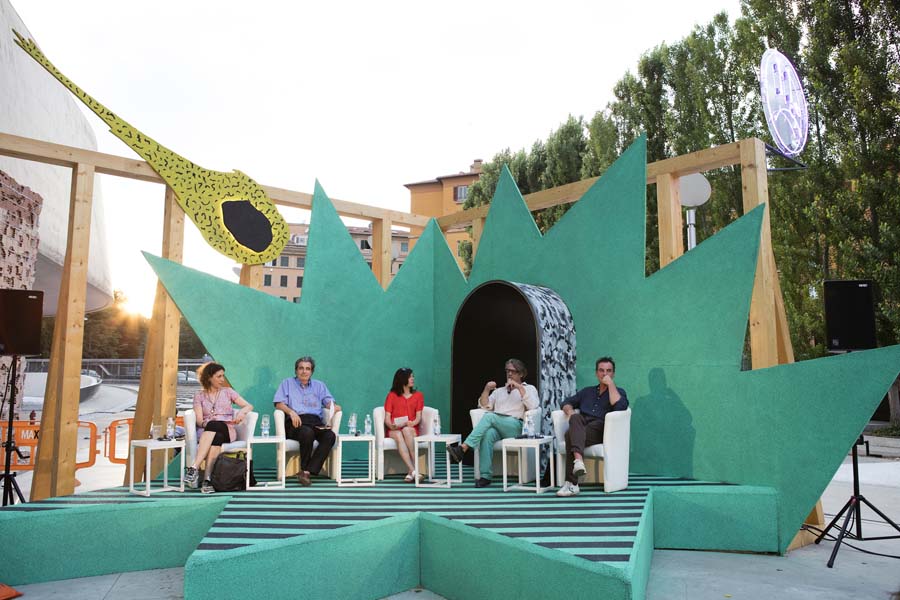
Other studios are bringing the discussion directly into their practice, redefining their place in the architecture world. In Milan, Parasite 2.0 was formed while its founders, Luca Marullo, Eugenio Cosentino, and Stefano Colombo, were still in architecture school. “We started university in 2008—globally speaking, a crucial year—and we felt like we were in a bubble,” they say. “The university debate was not interested in understanding the complex political, economic, and social conditions of the time.” Parasite 2.0 was their answer to such a stagnant academic environment; since its founding in 2010, it has operated in between architecture, art, activism, and social science. The practice was the winner of the 2016 YAP MAXXI competition with its proposal MAXXI Temporary School: The museum is a school. A school is a battleground, a temporary pavilion of movable parts which sought to fulfill an Instagrammable purpose while subversively proposing a dense program of events questioning the limits of the profession and its value.
Museums like Rome’s MAXXI and New York’s MoMA PS1 as well as a growing number of biennials, triennials, and design festivals worldwide have provided a platform for some of these groups and publications, often giving them a first opportunity to influence broader audiences. Here, too, independent initiatives are taking root. Los Angeles–based foundation MADWorkshop, created by architect David Martin and his wife, Mary, has funded research and educational programs since 2015. In Columbus, Indiana, the newly formed preservation nonprofit Landmark Columbus has instituted the annual J. Irwin and Xenia S. Miller Prize, which will support installations by five emerging practices at sites of architectural importance in the city.
The ways in which architects and designers are taking action attest to a future of the practice that will be multilayered and adaptable, responding to our intricate times with polyphonic vigor. However, the passion poured into these projects is tempered by the financial challenges of running many of these initiatives, and practitioners find themselves on a steep learning curve trying to reconcile their independence with a sustainable business model. For many, the uncertainty is constant, and there is no five-year plan. And yet it is precisely these challenging conditions that drive some of their best work: Why not risk everything when you have nothing to lose?
Independent Thinking
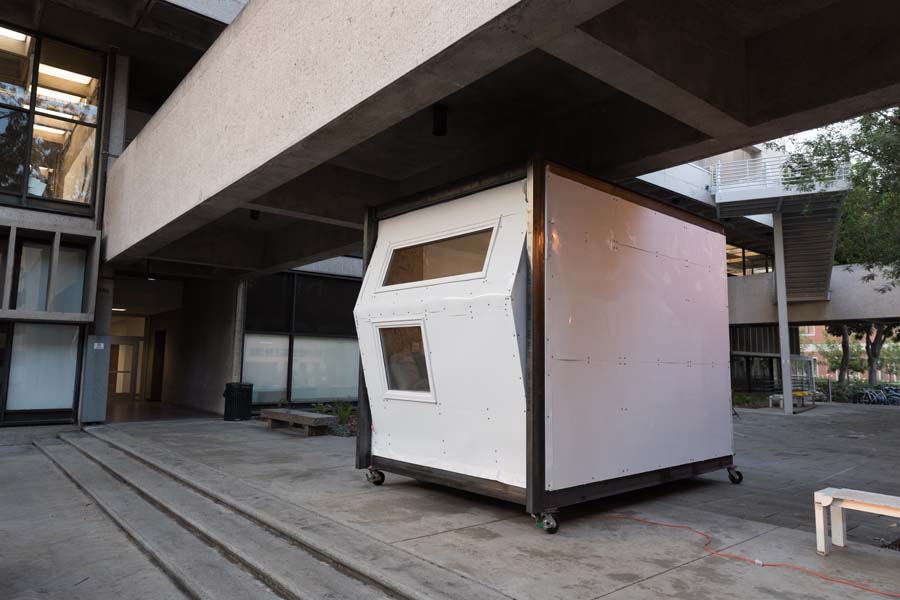
Getting Students Out on the Streets
MADWorkshop, Los Angeles
Architect David Martin and his wife, Mary Klaus Martin, created Los Angeles–based MADWorkshop in 2015 as a foundation to sponsor educational initiatives and act as an incubator for architecture and design projects that blend research and making. In 2016, the foundation collaborated with the University of Southern California to establish the Homeless Studio to address L.A.’s escalating housing crisis. Students at the university worked throughout a semester to create a 30-bed modular shelter for the Hope of the Valley Rescue Mission in the San Fernando Valley. In the process, they worked with experts like architect Michael Maltzan and activist Ted Hayes, made site visits to a number of nonprofits working for the same cause, and interacted with people experiencing homelessness to grapple with the full complexity of the issues involved.
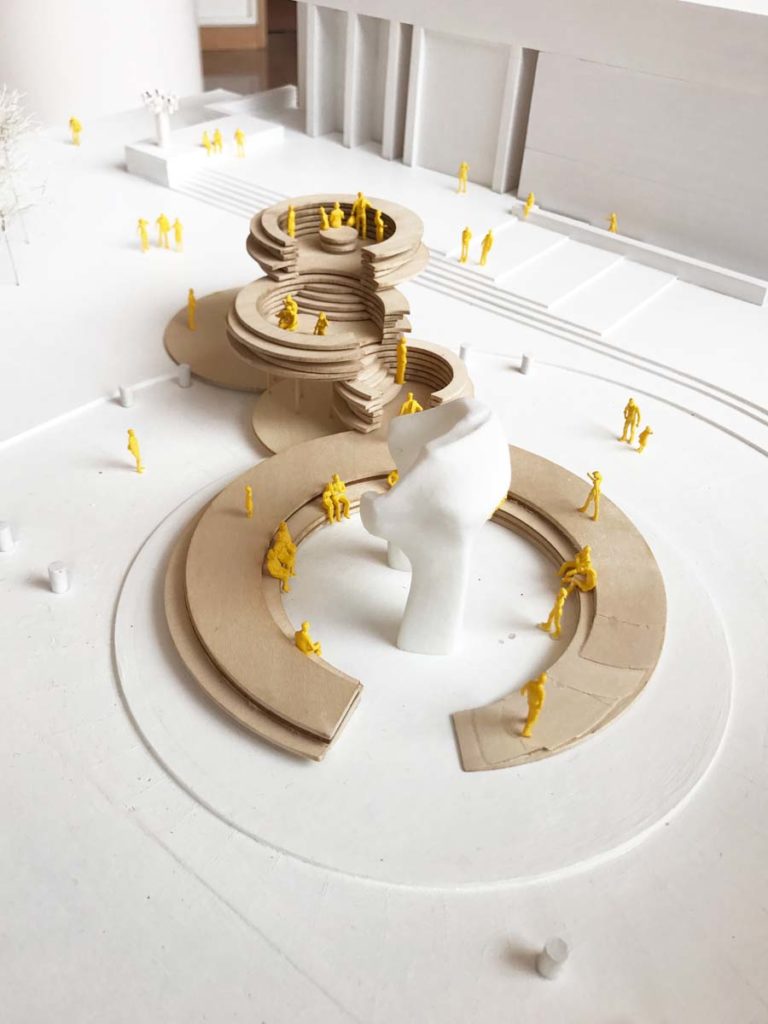
Bringing Young Blood Into Preservation
Miller Prize Competition, Columbus, Indiana
Founded in 2015 to celebrate the rich architectural heritage of Columbus, Indiana, preservation group Landmark Columbus launched a multiyear initiative called Exhibit Columbus with a symposium in the fall of 2016 and a competition for the J. Irwin and Xenia S. Miller Prize. Five emerging architectural practices were announced as the winners of this year’s competition, and they will construct installations at five important architectural sites this August. Among the winners are Boston-based IKD, which will create an installation called Conversation Plinth at the I.M. Pei– designed 1969 Cleo Rogers Memorial Library; New Haven, Connecticut–based Plan B Architecture & Urbanism, whose installation Anything Can Happen in the Woods will be built at the Cummins Corporate Office Building, designed by Kevin Roche John Dinkeloo and Associates in 1983; and Los Angeles–based Oyler Wu Collaborative, which will build Untitled at the Eero Saarinen–designed 1954 Irwin Conference Center.
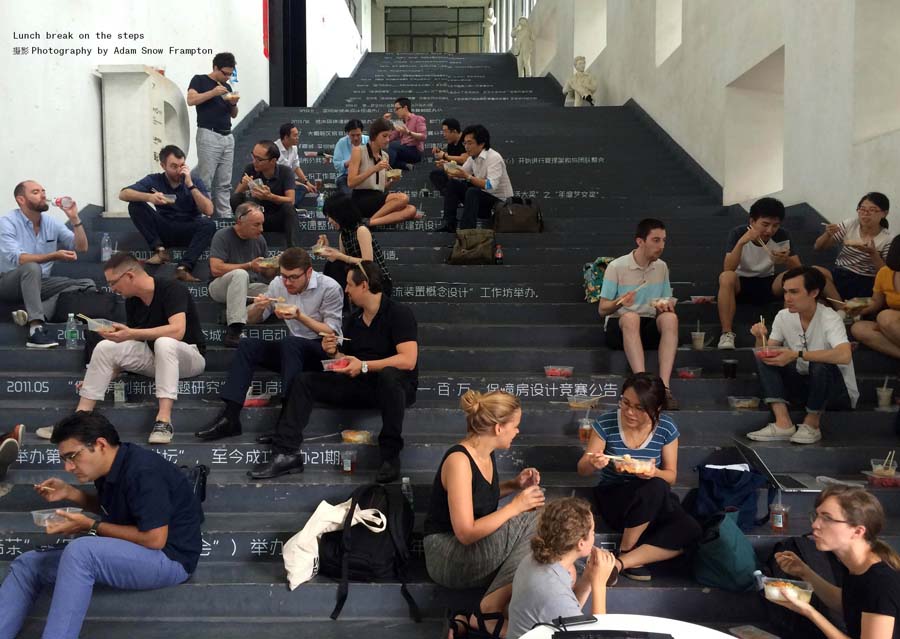
Building Grassroots Education
Future+, Shenzhen
“Our pedagogy emerges from the open innovation ecosystems of Shenzhen,” says Future+ cofounder Jason Hilgefort. The independent academy for urbanism, landscape, and public art was born at the 2015 Bi-City Biennale of Urbanism/Architecture and has a number of ongoing programs and projects that are deeply enmeshed with the fabric of its host city. This includes research into the unique design opportunities of the Pearl River Delta; small-scale actions to involve community members through art, history, craft, and storytelling; and discussions with the local government on how to evolve the Chinese policy of sponge cities—which aims to make the urban fabric porous to water and water-based infrastructure.
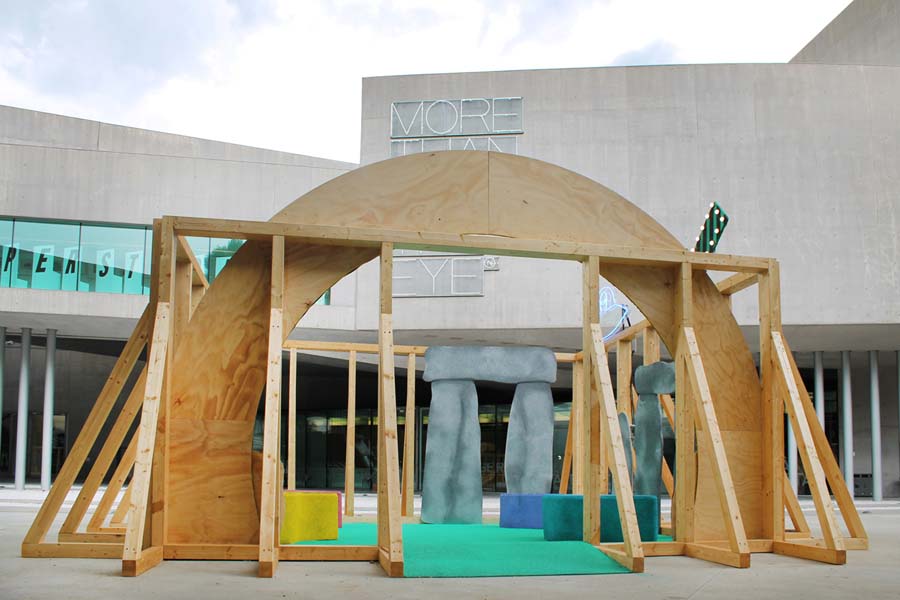
Putting Discourse Into Practice
Parasite 2.0
Milan Parasite 2.0’s winning proposal for the YAP MAXXI 2016 competition was a pavilion called MAXXI Temporary School: The museum is a school. A school is a battleground. The structure, built on the grounds of Rome’s MAXXI National Museum of XXI Century Arts, was designed as a stage set (above), which the architects described as “a background for selfies of Instagram architecture.” Against this brilliantly colored backdrop, the architects conceived a provocative educational space where academics and practitioners debated sustainable concepts and strategies in a series of events held from June 21 to October 23, 2016.
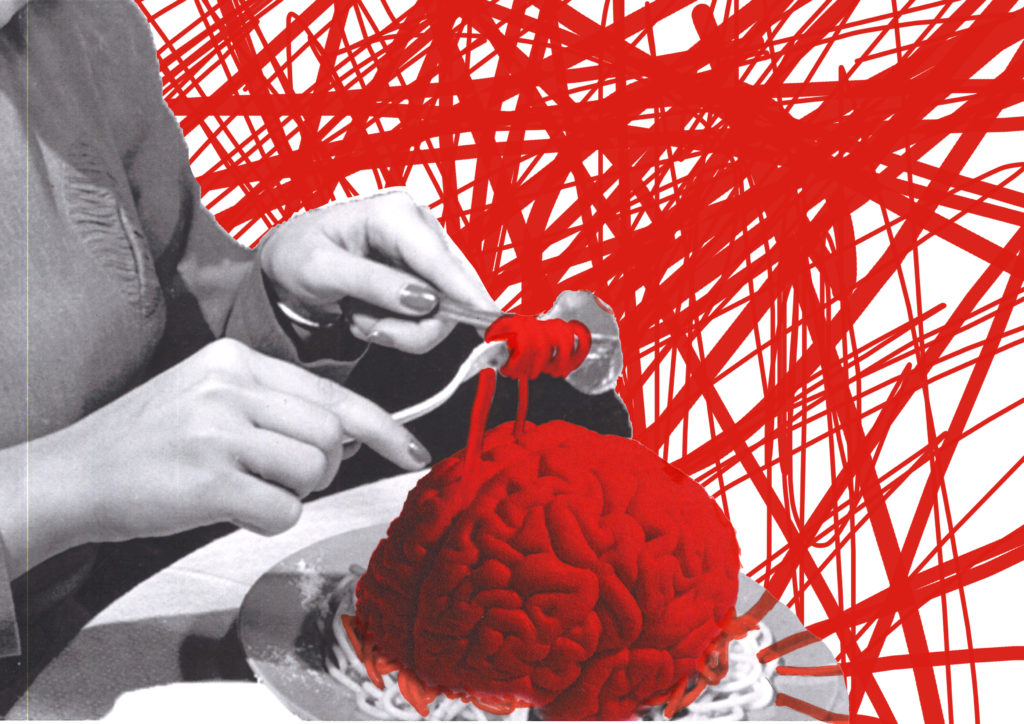
Politicizing Graduate Degrees
University of the Underground, Amsterdam
“We believe that it is most urgent to equip young designers with the learning that allows them to use their knowledge of the material world within the navigation of governmental systems, institutions, and power structures,” says experience designer Nelly Ben Hayoun, who is spearheading the launch of the University of the Underground (UoU) with a master’s program this year. Eighty percent of each student’s tuition will be funded by philanthropists, and the rest will be covered by grants from the government of the Netherlands. This year’s class will have 15 students (the next round of admissions will be in 2019), and they will encounter a radically different pedagogical program from what they’d find at most design schools. “Revealing power structures in order to possibly modify them is at the core of our teaching practice in the university,” Ben Hayoun says. “We focus on linguistics as much as we do on creative and experiential practices.”
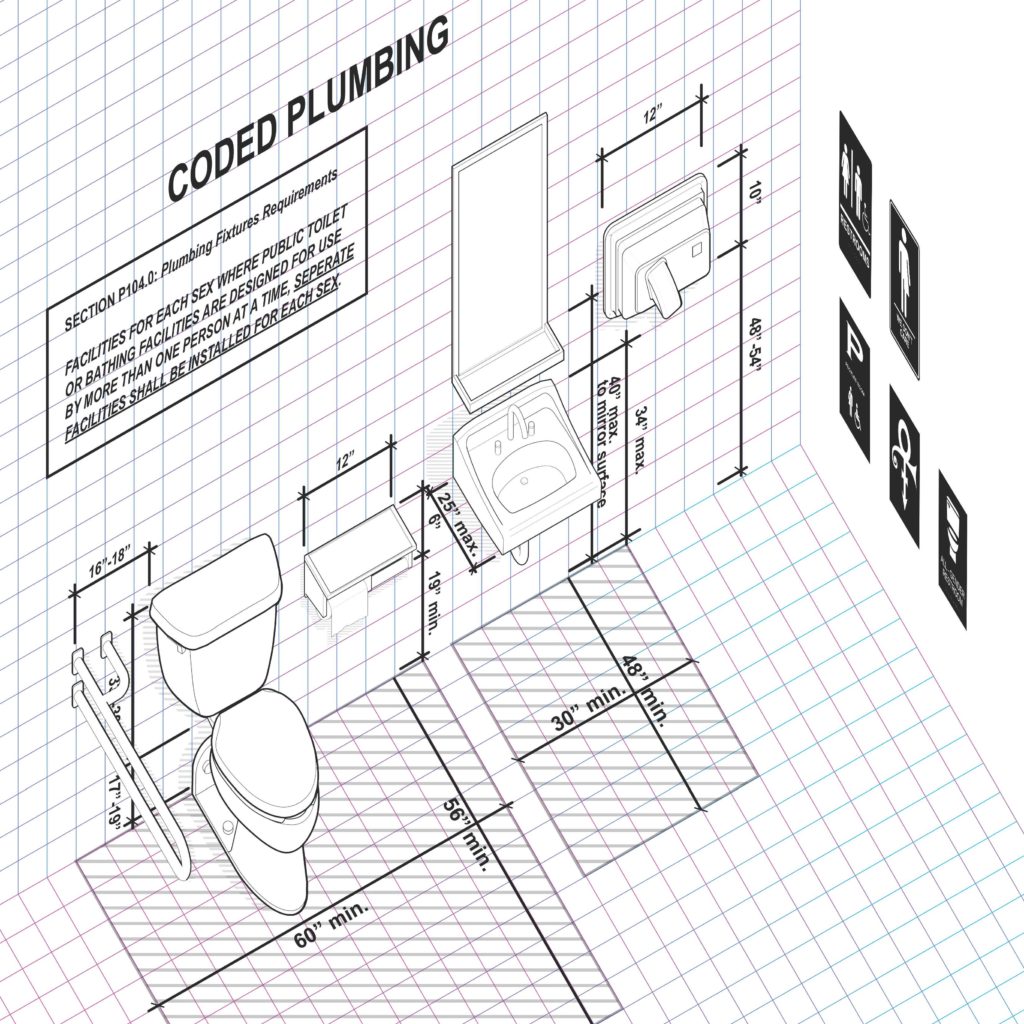
Researching With a Queer Lens
QSPACE, New York
QSPACE’s first research project, Coded Plumbing, is a response to the transgender bathroom bills passed recently in a number of U.S. states and will culminate in the development of a tool kit to help architects reconcile building codes with evolving concerns about gender and sexual identity. Coded Plumbing has been displayed at Columbia University and as part of the Van Alen Institute’s Disruption series. QSPACE is also working on an online Queer Architecture Archive, which will collect works of architecture and planning from students, professionals, and academics. “Once assembled, the archive will provide a space for scholarship on queerness in the built environment and honoring a queer body of work,” cofounder Lauren Johnson says.
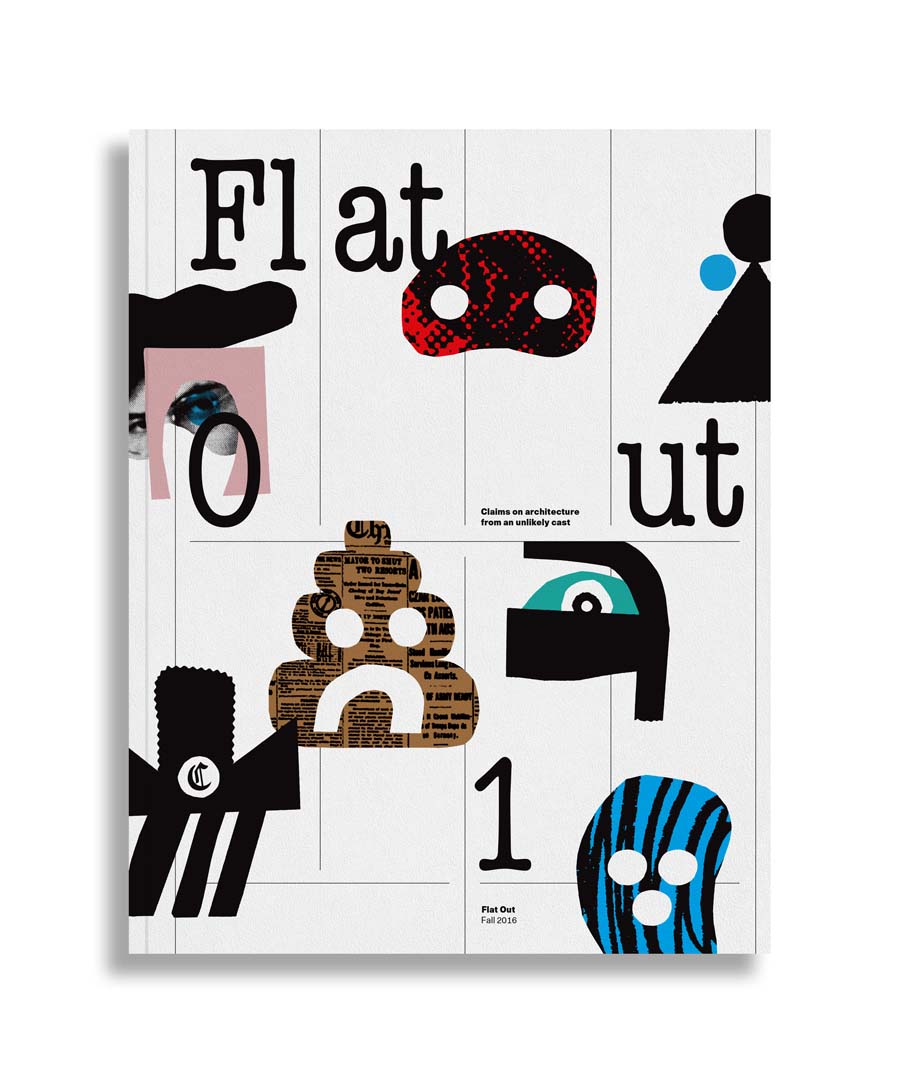
Bringing Character to Criticism
Flat Out, Chicago
Published out of Chicago and supported by the Graham Foundation, Flat Out doesn’t build its issues around themes or topics. Rather, it asks its contributors to take on a role—some professional, like the “Mortician” or the “Talent Agent,” and some personality driven, like the “Challenger” or the “Muckraker”—and use that perspective to write about architecture and design. “Flat Out declares that design criticism cannot be reimagined unless the conventions of editorial solicitation are suspended,” wrote editor Penelope Dean in the fall 2016 inaugural issue, art directed by James Goggin, with illustrations by Cody Hudson. The issue included a consideration of landmark preservation in Chicago, an essay on the city’s building code, and a visual catalogue of columns. “If criticism was what Reyner Banham did for money,” Dean wrote, “it’s what we do for kicks.”





